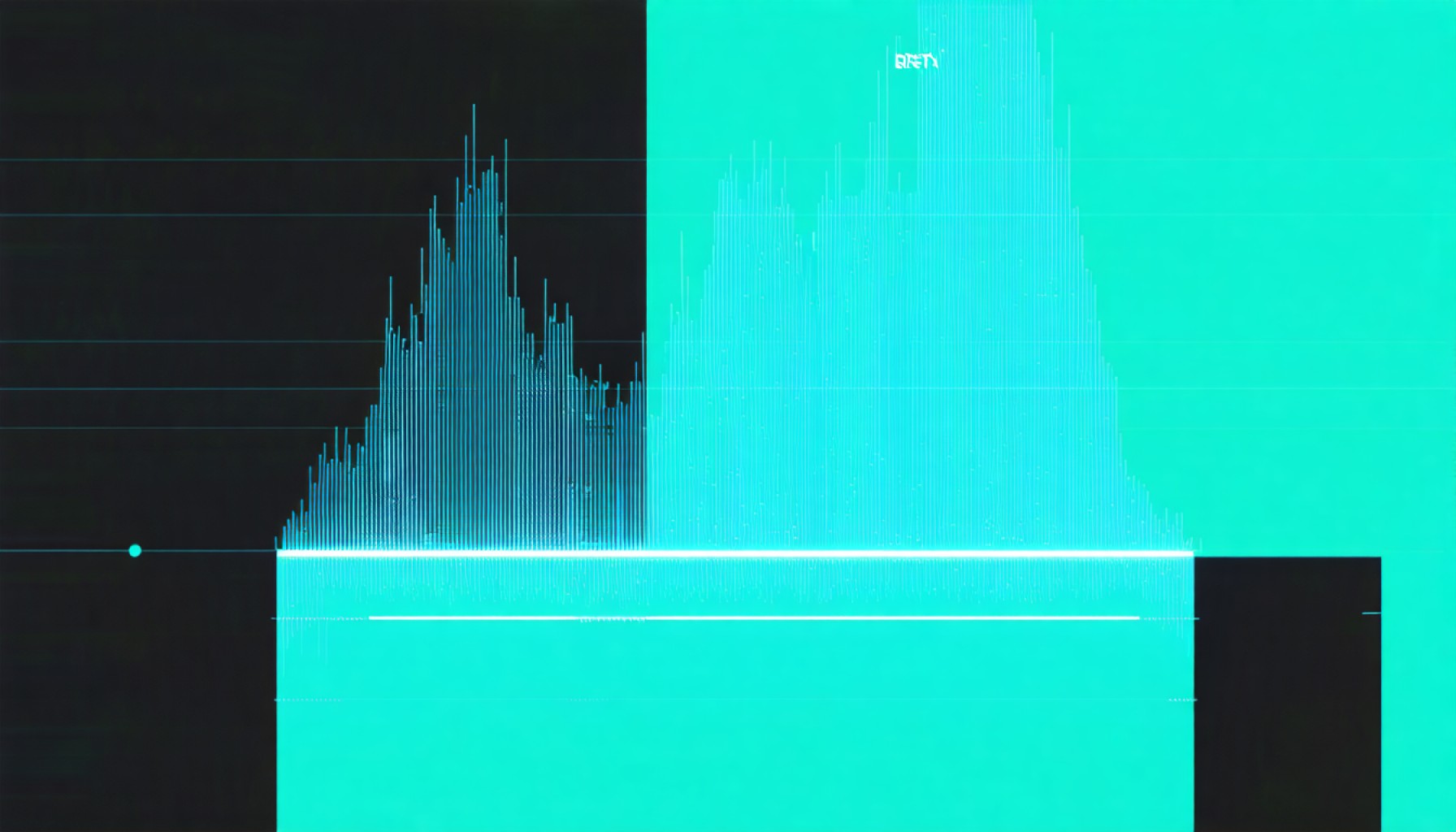- Pi Network’s price has fallen dramatically to $0.56, a 77% drop from its all-time high in 2025.
- Market capitalization has decreased significantly from nearly $20 billion to $4.66 billion, signaling supply oversaturation with more tokens entering the market.
- Lack of listings on major exchanges, such as Binance and Coinbase, undermines investor trust and trading volumes.
- Technical indicators show bearish trends, with the Relative Strength Index and MACD signaling continued selling pressure.
- The Pi community expresses dissatisfaction with slow progress on exchange listings and transparency around mainnet developments.
- Analysts suggest potential recovery if Pi Network secures major exchange listings and adheres to regulatory standards.
- Pi Network’s future hinges on upcoming developments and its ability to stabilize within the volatile crypto market.
The Pi Network, once hailed as a pioneering force in the cryptocurrency realm, now navigates treacherous waters as its price descends past the critical $0.60 support. The glow of its former glory—when it reached an all-time high of $2.98 in February 2025—feels like a distant celestial body as the coin trades at a tepid $0.56 today. This precipitous fall, over 77% from its zenith, casts a long shadow over its future.
With the market capitalization shrinking from nearly $20 billion to a humbling $4.66 billion, Pi Network’s current plight tells a tale of supply oversaturation. More than 1.5 billion new tokens, poised to flood the market soon, threaten to dilute value further, trailing an eerie chill on investor confidence.
Yet the storm doesn’t end there. The haunting absence of Pi Network from major exchanges like Binance, Coinbase, and Kraken exacerbates its woes. Despite the fervent backing of its community, the token’s lack of presence on these platforms creates a vacuum in investor trust and hinders trading volumes. Binance’s refusal, citing compliance quandaries, stands as a stark reminder of the hurdles the cryptocurrency must overcome.
From a technical vantage point, Pi Network is a vessel infiltrated by bearish currents. Indicators such as the Relative Strength Index barely cling above the oversold threshold, while MACD charts affirm the dominance of sellers, dooming any immediate rally attempts. Below the 50, 100, and 200 EMAs on crucial charts, Pi Network’s prospects until tangible shifts occur are grim.
The lament of the Pi community grows louder, echoing from the alleys of crypto forums as supporters urge the Pi Core Team for not just words but decisive action. This collective disillusionment roots in the sluggish progress toward exchange listings and a fog of ambiguity surrounding mainnet developments.
Yet, flickers of hope ignite in some circles. Analysts cautiously hint at potential resurgence if a reputable exchange listing materializes and Pi Network embraces transparency and regulatory compliance. Such changes could act as an anchor, stabilizing the turbulent seas and possibly propelling the coin back from sub-$0.60 depths toward recovery.
For now, Pi Network remains at a critical juncture, its long-term fate intertwined with forthcoming developments both within its ecosystem and the broader market tapestry. Investors hold their breath, eyes fixed on whether Pi can retain its grip on shaky support levels or if the sands of the crypto hourglass will usher in darker days.
Will Pi Network Rebound? Exploring Challenges and Opportunities
Understanding the Current Struggles of Pi Network:
The Pi Network once captured the imagination of cryptocurrency enthusiasts but now faces substantial challenges. With its price tumbling from a high of $2.98 in February 2025 to a mere $0.56, the network’s market cap has shrunk alarmingly. This decline is attributed to a confluence of factors including market oversaturation due to the impending release of over 1.5 billion tokens and the absence of listings on major exchanges like Binance, Coinbase, and Kraken.
Key Challenges Facing Pi Network:
1. Oversupply of Tokens: The anticipated influx of over 1.5 billion new tokens could further depress Pi’s value. Without sufficient demand or utility, this oversupply risks driving prices even lower.
2. Exchange Listings and Visibility: Pi Network’s absence on major exchanges significantly hinders its liquidity and investor confidence. Major platforms like Binance and Coinbase are crucial for establishing credibility and enhancing trading activity.
3. Technical Weaknesses: Technical indicators highlight bearish momentum, with the network failing to hold above critical moving averages. This technical fragility diminishes prospects for a spontaneous price rally.
4. Regulatory Compliance: Binance’s hesitance to list Pi, citing compliance issues, underscores the importance of navigating the regulatory landscape effectively.
Potential Paths to Recovery:
1. Securing Major Exchange Listings: If Pi Network gains listings on platforms like Binance or Coinbase, it could instigate a positive shift in sentiment and trading volumes, offering a much-needed price boost.
2. Enhancing Transparency and Governance: Clarifying mainnet developments and governance protocols could rebuild trust within the Pi community and potential investors.
3. Utility and Adoption: Expanding the real-world utility of Pi tokens through strategic partnerships and applications could drive demand and establish long-term value.
Exploring Market Trends:
1. Crypto Regulations: The global regulatory environment is evolving, and Pi Network must adapt to new compliance standards to ensure future viability.
2. Community Involvement: The active community backing of a cryptocurrency can drive grassroots development and adoption, proving beneficial if harnessed effectively.
Security and Sustainability Considerations:
– As the network matures, strengthening security protocols will be imperative to ward off potential vulnerabilities. Ensuring a sustainable mining model will also be key to maintaining long-term ecosystem health.
Actionable Recommendations:
1. Diversify Investment: Given the current volatility, consider diversifying your crypto portfolio to manage risk effectively.
2. Stay Informed: Monitor official channels for updates on exchange listings and governance changes within the Pi Network.
3. Engage with Community: Participation in community discussions could provide insights and influence future developments.
For additional research or potential updates on the Pi Network, consider visiting official resources such as Binance and Coinbase.
By balancing cautious optimism with strategic action, investors can navigate Pi Network’s troubled waters and explore possibilities within the ever-changing cryptocurrency landscape.










